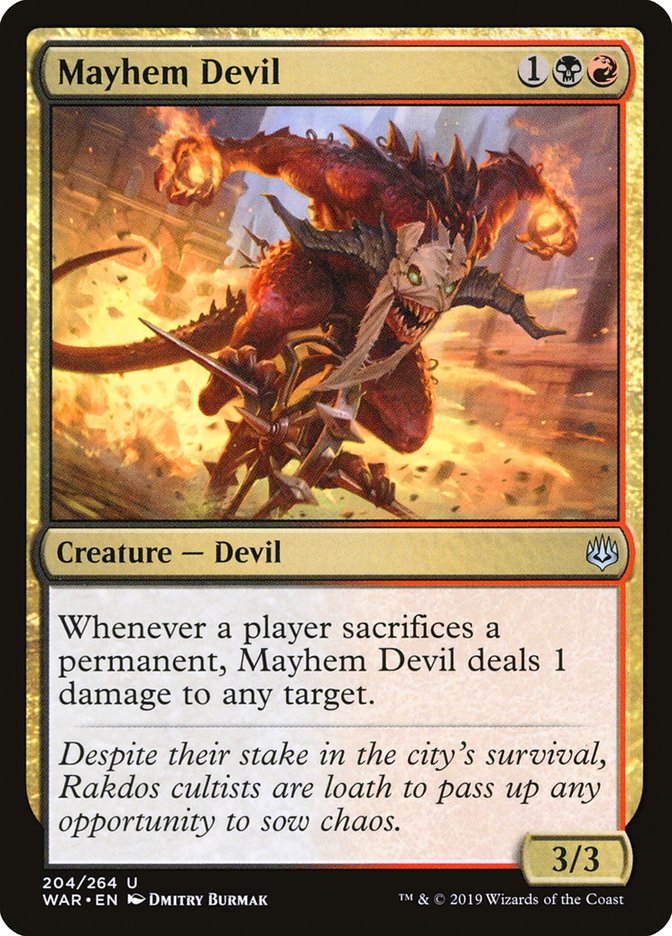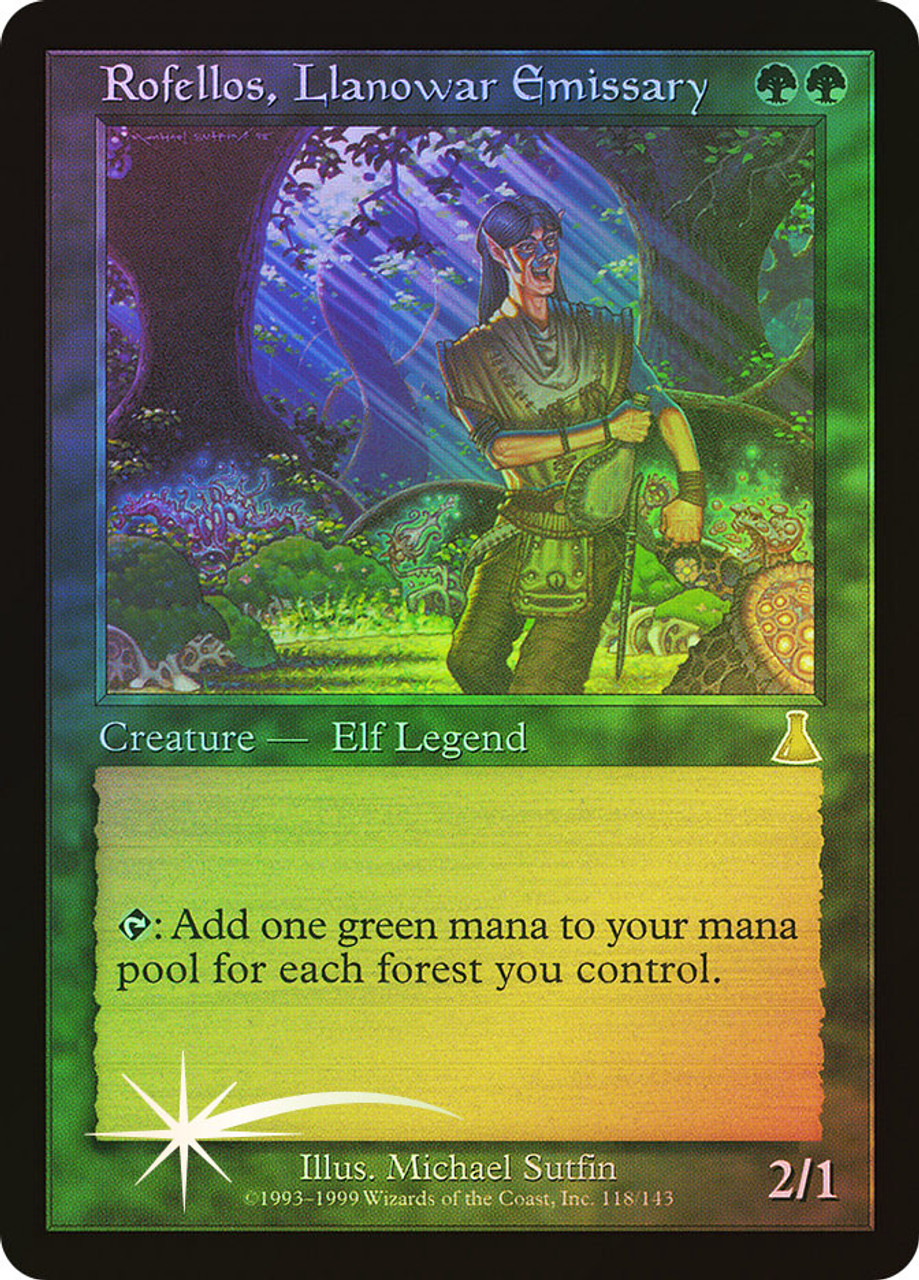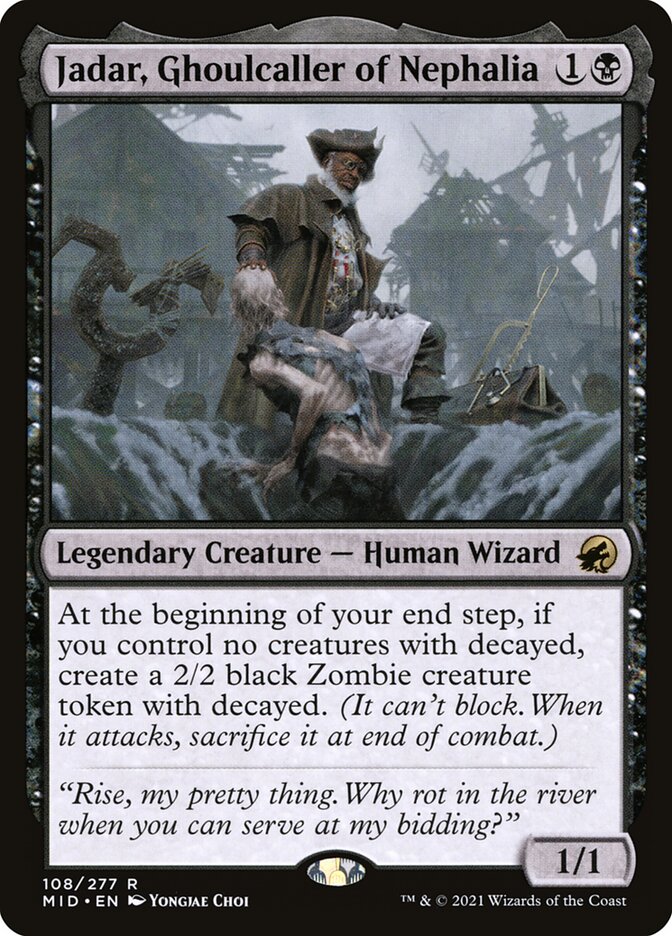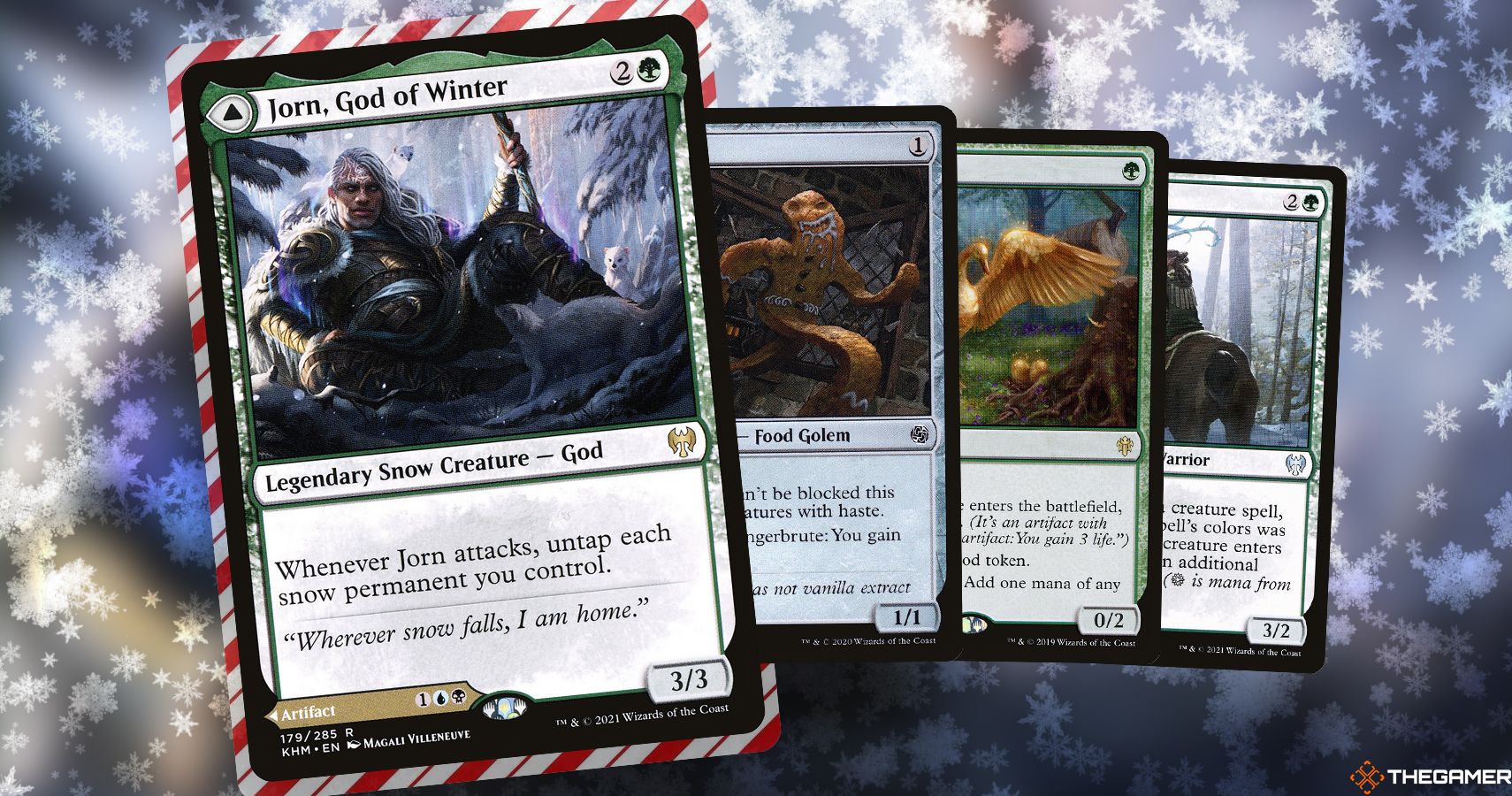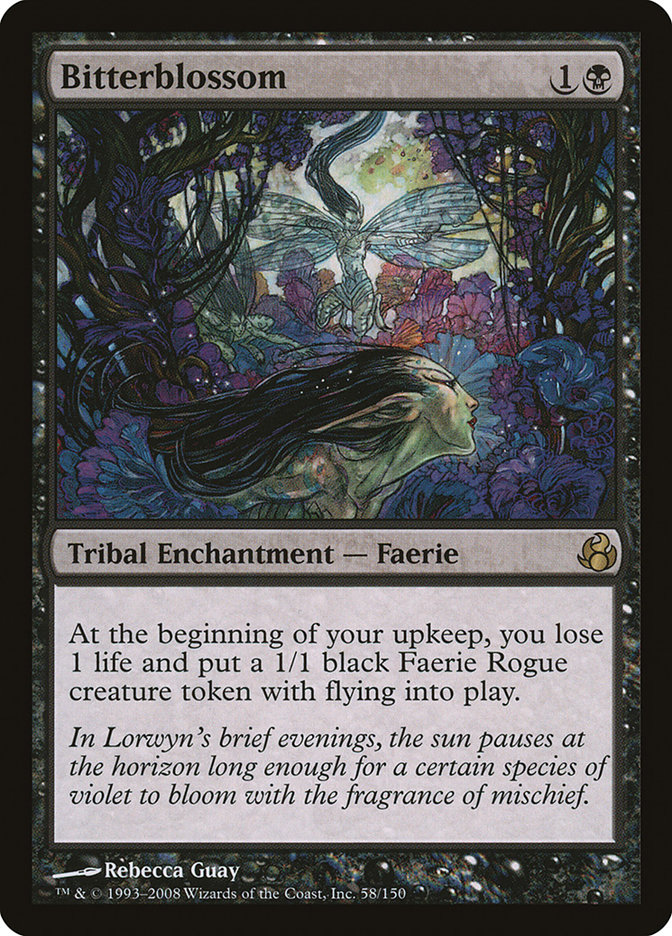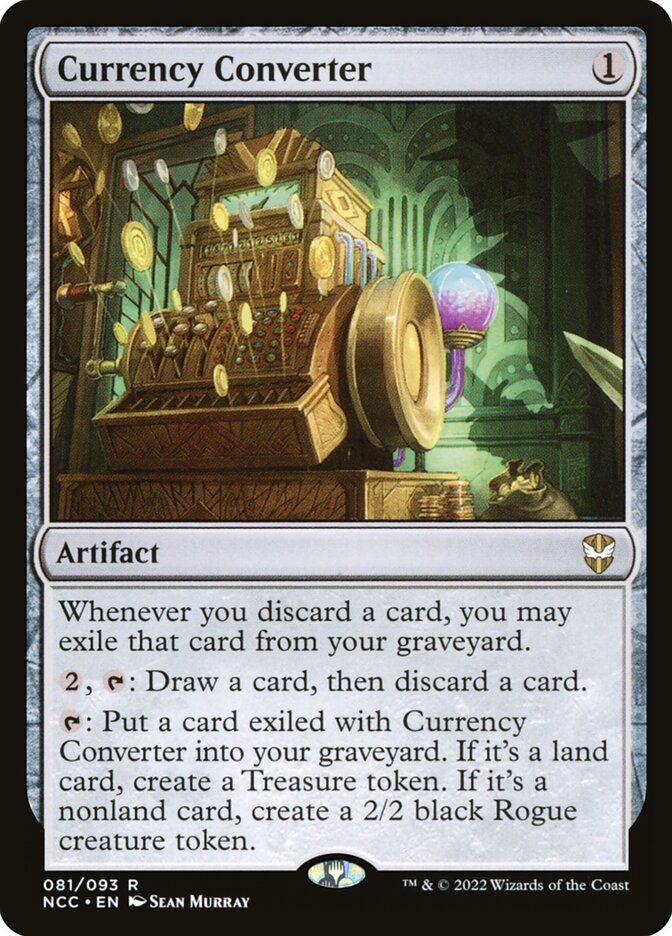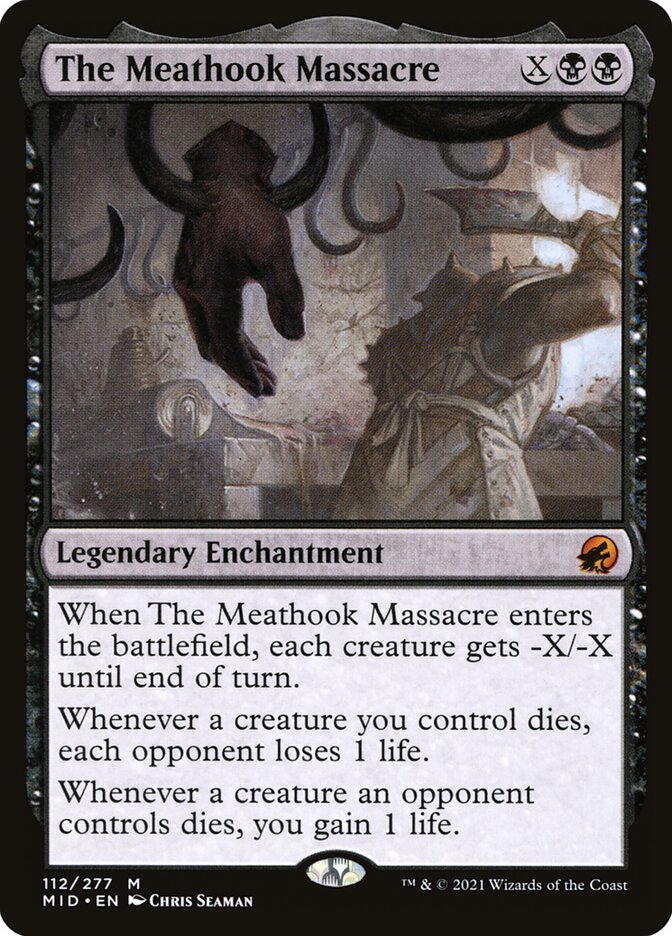Welcome back! This is the final post about the SamP Arena Cube - Roto draft. I feel I could go on even more about the experience because there was so much time to focus on it, so many games to play and banter to be had in the Discord.
The sacrifice theme that's fully supported in this cube is a little bit higher on the curve than a Lurrus deck can play. Noting Mayhem Devil, Sephiroth, Fabled Soldier and Yawgmoth, Thran Physician.
I didn't actually end up with like the best version of either the sacrifice deck or the artifactr deck. My deck was in between both. I had a lot of really cool synergies and I'm going to be posting a deck list down below for people to take a look at it. I'll just kind of go through the last pics in the draft and then we'll talk about the matches and how that went.
So I did end up taking Hangarback Walker, and Inspiring Vantage(R/W) next. Vantage comes into play untapped by turn three. My curve is so low I'm okay with it. I am very rarely going to miss having a tapped land on turn 4, especially with the curve and artifact ramp.
I picked up some hand disruption next with Inquisition of Kozilek. I also picked up Kolaghan's Command because I feel like it would absolutely hose my deck and so I didn't want to play against it. I then found myself leaning into the Lurrus strategy a little bit more with Pyrite Spellbomb. Scavenger's Talent is another card I picked up which can be an alternate win con. It works really nice with my theme.
I then picked up Michiko's Reign of Truth. I incidentally have a lot of artifacts and enchantments in this deck, so it could be a 2 mana 5/5 most of the time. It also pairs well with another card I will mention shortly. I picked up some more solid removal; Sheltered by Ghosts which is something that I can recast with Lurrus if it gets answered at some point. I picked up some more premium removal with Bloodchief's Thirst and Damnation.
Damnation is the one card I was really tempted to take earlier because it works so well with Selfless Spirit. I can just imagine sacrificing the Spirit, giving all my creatures indestructible and then casting Damnation to make my own Plaguewind. I can even rebuy it with Soul Cauldron to give another creature the effect again as well.
We then have Chromatic Sphere, Legion Extruder, Chainsaw and a really late pic Gingerbrute. So Gingerbrute is a one-mana artifact that I use ASC's ability to make any creature unblockable. So my thought is pair it with Chainsaw or Michiko's Reign of Truth and swing in for the win(Which did happen several times in the matches).
I also picked up Caustic Bronco, Pile On, Phyrexian Tower and another utility land: Spymaster's Vault which I found very good. The last card which is actually ended up being really great was Sorin, of House of Markov. There's so many aggressive decks. I've been playing test matches and my deck has felt like it needed something that could get on the board and kind of hold back some early aggressive threats.Okay so let's go through my deck and my sideboard plan for the matches.
So my game one build, the one that I'm submitting is a B/W deck that's built around Scavenger's Talent, Agatha's Soul Cauldron and drain effects using Meathook Massacre and Marionette Apprentice. I've got cheap interaction with Inquisition of Kozilek, Portable Hole and Bloodchief's Thirst. I also have a load of great two drops with Bitterblossom to pressure opponents, Caustic Bronco, Cathar Commando and Selfless Spirit. I've got my engines that allow me to gain long-game card advantage with Staff of the Storyteller and I got ASC and of course Lurrus. I have my good top deck cards like Massacre and Hangerback Walker to just gum up the board. It's looking really fun. I love all the different synergies and I'm excited to share kind of like how the how the games went as well
So sideboard plan I felt like I wanted to have a total switch with a different deck that's more built around artifact aggro. So this deck is mardu and it utilizes Max Opal, Galvanic Blast, Chainsaw and Gingerbrute to push damage. I think is going to be really good to sideboard into versus other slower decks.
So moving into the matchups I'm looking at the opponents and I've got four decks that I think the artifact deck is a little bit better and five decks where I think the Scavengers Talent plan works out in my favor.
The first couple of games go pretty well I start off with three or four wins right away and I'm happy with kind of how the deck performed.
I fired off matches super quickly and like I said that initially went pretty well. Then we stopped playing some matches for like weekends and work and stuff like that and I tried to pick up matches kind of anytime others could. So if I'm like busy doing something else but I want to jam a game you know I'm trying to make that happen. That was a little bit of my own downfall with this deck.
I forgot to pull up my sideboard plan and didn't actually SB versus one matchup and I ended up losing 2-0 when I definitely should have like been more competitive with the other version of the build. I also got really greedy and had a board state where I had selfless spirit and Damnation in hand, but I was way behind on board. So I waited to cast Damnation and got totally run over by a couple of timely combat tricks. So I ended up coming all the way down to the end and I did win five matches and lost four. It was a very fun deck to play but it's not something that you could really pilot well in a distracted state. You need to be really engaged, and thoughtful of every interaction to play the deck well.
It did exactly what I thought it was going to do versus some decks. Vs. the blue the mono blue player I was just able to get underneath their counter Magic and pressure them pretty well. I did lose to the green deck after beating them around the time the draft was wrapping up. That matchup was one of the ones I was kicking myself for. I think I didnt take the ample amount of prep to get my SB plan pulled up and look through the differences in their build from our scrimmage. I wanted to actually step on the gas vs them and I ran out of time trying to pull up my SB plan. So, that's on me again.
So many cool decks at the draft. I was super impressed by everyone's builds and want to thank Sam for putting this together! If you havent already, please go listen to his podcast: Rough Drafts. It's a fantastic limited focused pod.
I'm proud of the deck I had a lot of fun playing the matches and I would definitely do this again and recommended to anybody that is interested.
